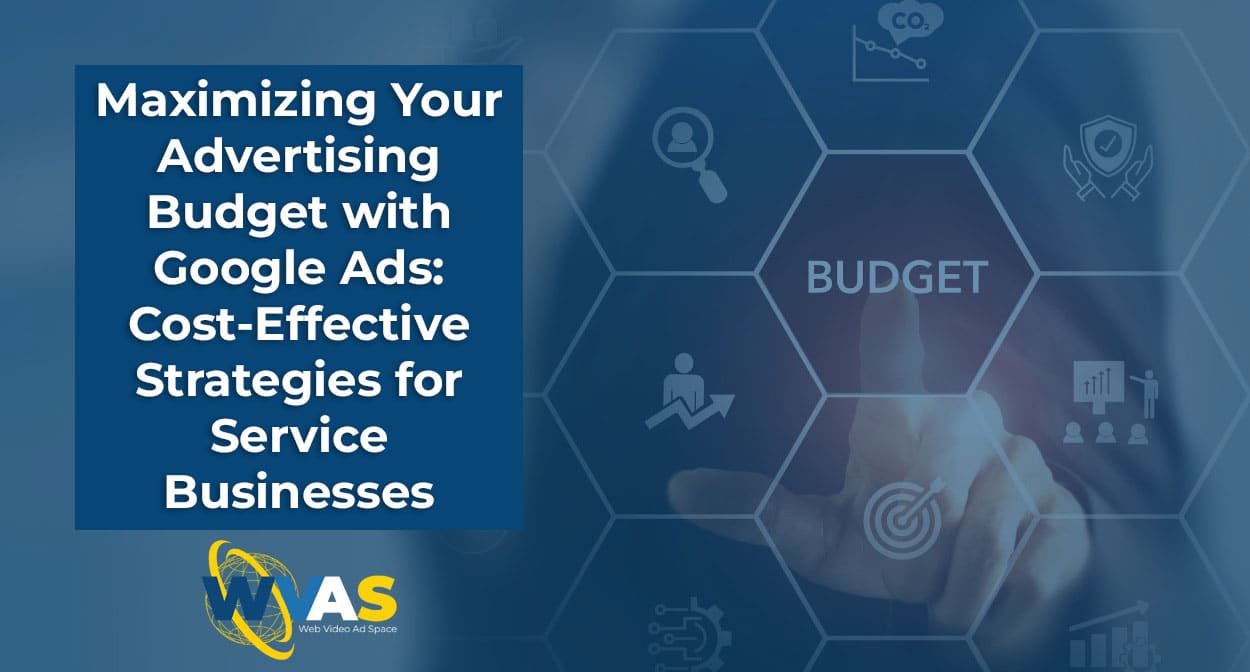In the world of digital marketing, service businesses are constantly seeking ways to maximize their advertising ROI while keeping costs under control. With so many advertising options available, it can be challenging to determine which platforms offer the best value for money. Enter Google Ads, a cost-effective advertising solution that allows businesses to reach their target audience without breaking the bank. By leveraging the platform’s pay-per-click (PPC) model and granular control over advertising budgets, service businesses can achieve their marketing goals while ensuring every dollar spent delivers tangible results.
Understanding the Cost-Effectiveness of Google Ads

The Pay-Per-Click (PPC) Model
One of the key factors that make Google Ads a cost-effective advertising solution is its pay-per-click (PPC) model. Unlike traditional advertising methods, such as print or television ads, where businesses pay a fixed amount regardless of the ad’s performance, Google Ads only charges advertisers when someone clicks on their ad. This means that service businesses only pay for actual engagement with their advertising content, ensuring that their budget is spent on genuine potential customers.
Real-World Example: A local dentist’s office uses Google Ads to promote its teeth whitening services. With the PPC model, the dentist only pays when someone clicks on the ad and visits their website, ensuring that the advertising budget is spent on interested potential clients.

Granular Control Over Advertising Budget
Another aspect that contributes to the cost-effectiveness of Google Ads is the platform’s granular control over advertising budgets. Service businesses have complete control over their advertising spend, allowing them to set daily or monthly caps to ensure they don’t overspend. This feature is particularly beneficial for small businesses with limited marketing budgets, as it ensures that they can maintain a consistent online presence without experiencing unexpected costs.
Real-World Example: A small yoga studio sets a daily budget of $20 for its Google Ads campaigns. By setting this limit, the studio ensures that its advertising spend never exceeds its allocated budget, allowing it to maintain a stable online presence without financial strain.

Adjusting Bids for Maximum Profitability
Google Ads also allows service businesses to adjust their bids for different keywords and audiences, ensuring that they invest in the most profitable opportunities. By analyzing the performance data of their campaigns, businesses can identify which keywords and audience segments generate the highest returns and allocate more of their budget towards these areas. Conversely, they can reduce bids or pause campaigns for keywords and audiences that are not delivering satisfactory results, further optimizing their advertising spend.
Real-World Example: A home cleaning service discovers that the keyword “deep cleaning services” generates a higher conversion rate than “regular cleaning services.” By adjusting their bids to prioritize the more profitable keyword, the service can allocate its advertising budget more effectively and maximize its ROI.
Strategies for Optimizing Cost-Effectiveness with Google Ads

1. Keyword Optimization
Choosing the Right Keywords
One of the most critical aspects of cost-effective advertising on Google Ads is keyword optimization. By selecting the right keywords, service businesses can ensure that their ads are shown to people who are most likely to be interested in their services. This not only increases the chances of attracting qualified leads but also helps businesses avoid wasting money on clicks from irrelevant audiences.
Real-World Example: A pet grooming service carefully selects keywords such as “dog grooming near me” and “cat grooming services” to ensure that its ads are shown to pet owners actively searching for grooming services in their area.
Long-Tail Keywords
In addition to choosing relevant keywords, service businesses can also optimize their cost-effectiveness by targeting long-tail keywords. Long-tail keywords are more specific, less competitive, and often have a lower cost-per-click (CPC) than broader, more generic keywords. By focusing on long-tail keywords, businesses can attract highly targeted traffic at a lower cost.
Real-World Example: Instead of targeting the broad keyword “plumbing services,” a plumbing company targets more specific, long-tail keywords such as “emergency plumbing services in [city name]” or “clogged drain repair.” These keywords may have lower search volumes, but they are more likely to attract qualified leads at a lower CPC.
2. Ad Scheduling

Maximizing Ad Visibility During Peak Hours
Another strategy for optimizing cost-effectiveness with Google Ads is ad scheduling. By displaying ads during specific times of the day or days of the week when the target audience is most active, service businesses can maximize their ad visibility and engagement while minimizing wasted spend on low-performing time slots.
Real-World Example: A restaurant that offers delivery services discovers that its ads perform best during lunch and dinner hours on weekdays. By scheduling its ads to run primarily during these peak times, the restaurant can maximize its ad visibility and attract more orders while keeping costs under control.
3. Geographic Targeting

Focusing on High-Potential Areas
Service businesses can also optimize their cost-effectiveness by leveraging Google Ads’ geographic targeting capabilities. By focusing their advertising efforts on areas with a higher concentration of potential customers, businesses can ensure that their ad spend is directed towards the most promising markets.
Real-World Example: A landscaping company analyzes its customer data and identifies that a majority of its clients come from three specific neighborhoods in its service area. By targeting its ads to these high-potential areas, the company can allocate its advertising budget more effectively and attract more local clients.
4. Remarketing

Reconnecting with Interested Visitors
Remarketing is another cost-effective strategy that service businesses can employ with Google Ads. By targeting ads to people who have previously interacted with their website, businesses can reconnect with interested visitors and increase the likelihood of conversion. Remarketing campaigns often have a lower CPC and higher conversion rates than standard campaigns, as they focus on individuals who have already demonstrated an interest in the business’s services.
Real-World Example: A spa notices that many website visitors add services to their cart but abandon the booking process before completing their purchase. By setting up a remarketing campaign, the spa can display targeted ads to these visitors, reminding them of the services they were interested in and encouraging them to complete their booking. This approach can help the spa recover lost sales and improve its overall advertising ROI.
Conclusion
Google Ads is a powerful and cost-effective advertising solution for service businesses looking to maximize their marketing ROI. By leveraging the platform’s pay-per-click model, granular budget control, and advanced targeting capabilities, businesses can reach their ideal customers without overspending.
Through real-world examples, we’ve seen how service businesses across various industries can optimize their cost-effectiveness on Google Ads. From a local dentist’s office using the PPC model to ensure they only pay for genuine engagement, to a small yoga studio setting daily budget caps to maintain a consistent online presence, the platform offers numerous opportunities for businesses to make the most of their advertising spend.
By implementing strategies such as keyword optimization, ad scheduling, geographic targeting, and remarketing, service businesses can further enhance their cost-effectiveness and achieve their marketing goals. As the digital advertising landscape continues to evolve, Google Ads remains a reliable and cost-effective choice for service businesses looking to grow their online presence and attract more customers.


